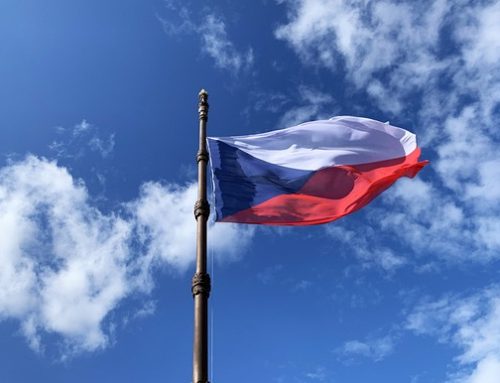May 16, 2022
This year, official remittance flows to low- and middle-income countries (LMICs) are predicted to rise by 4.2 percent to $630 billion. According to the World Bank’s latest Migration and Development Brief, this follows an almost record rebound of 8.6% in 2021.
In 2022, remittances to Ukraine, Europe’s and Central Asia’s largest recipient, are predicted to increase by more than 20%. However, remittances to many Central Asian countries, the main source of which is Russia, are expected to plummet. In many of these nations, these declines, combined with rising food, fertilizer, and oil prices, are anticipated to increase food security problems and exacerbate poverty.
During 2021, remittance inflows saw strong gains in Latin America and the Caribbean (25.3 percent), Sub-Saharan Africa (14.1 percent), Europe and Central Asia (7.8 percent), the Middle East and North Africa (7.6 percent), and South Asia (6.9 percent). Remittances to East Asia and the Pacific fell by 3.3 percent; although excluding China, remittances grew 2.5 percent. Excluding China, remittance flows have been the largest source of external finance for LMICs since 2015.
The top five recipient countries for remittances in 2021 were India, Mexico (replacing China), China, the Philippines, and Egypt. Among economies where remittance inflows stand at very high shares of GDP are Lebanon (54 percent), Tonga (44 percent), Tajikistan (34 percent), Kyrgyz Republic (33 percent), and Samoa (32 percent).
The war in Ukraine has affected the international payment systems with implications for cross-border remittance flows. The exclusion of Russia from SWIFT has added a national security dimension to participation in international payments systems.
Source: World Bank
Legal Notice: The information in this article is intended for information purposes only. It is not intended for professional information purposes specific to a person or an institution. Every institution has different requirements because of its own circumstances even though they bear a resemblance to each other. Consequently, it is your interest to consult on an expert before taking a decision based on information stated in this article and putting into practice. Neither Karen Audit nor related person or institutions are not responsible for any damages or losses that might occur in consequence of the use of the information in this article by private or formal, real or legal person and institutions.






